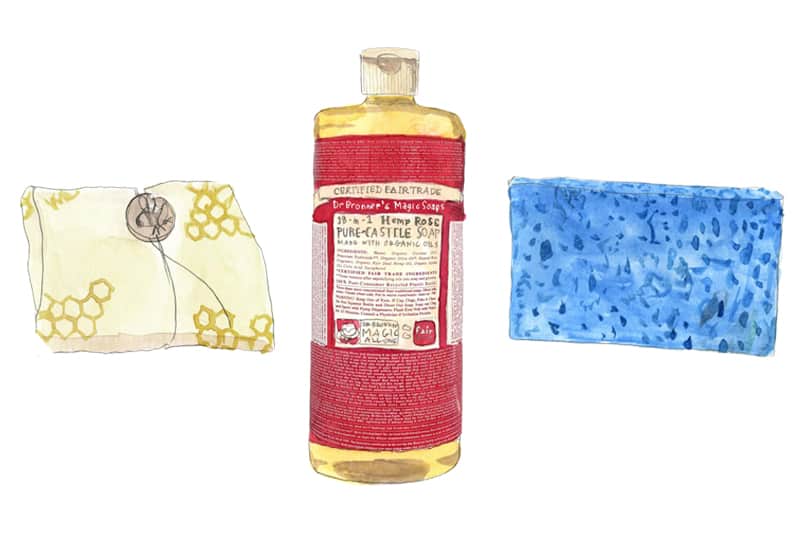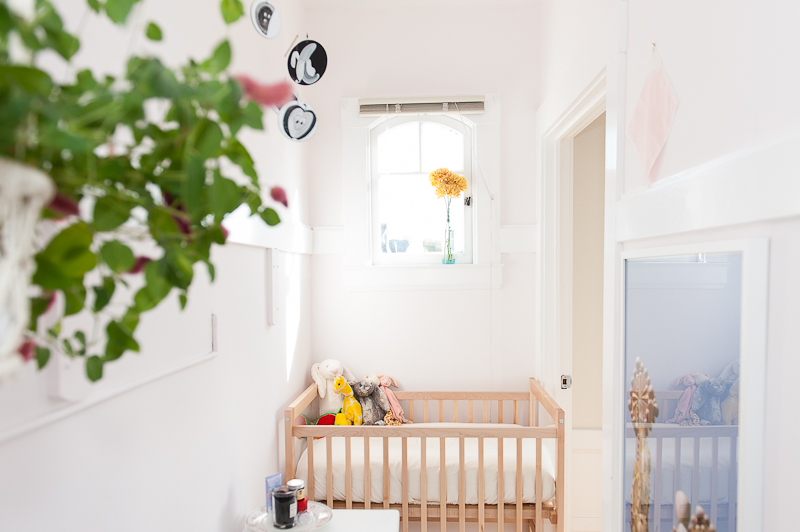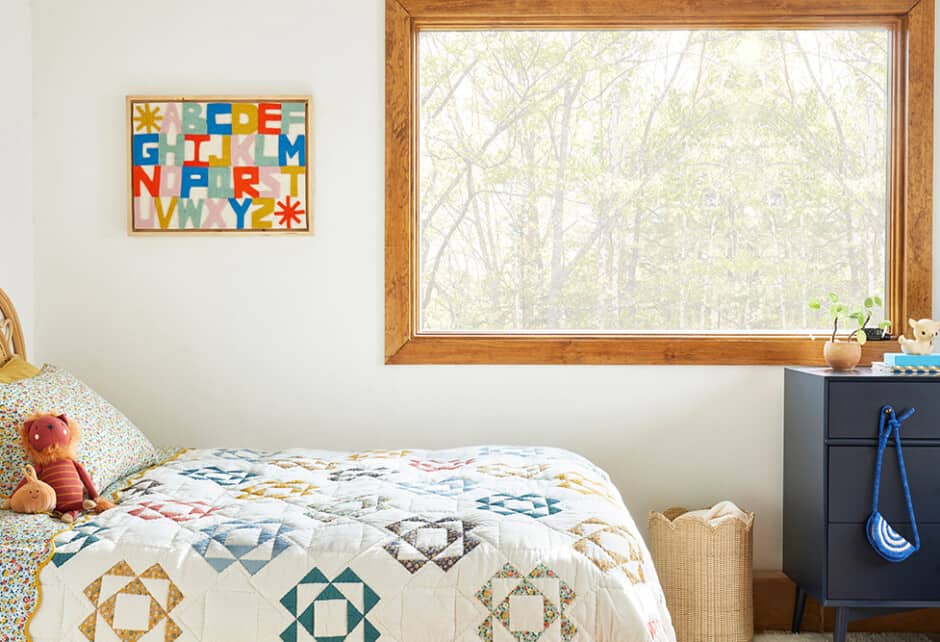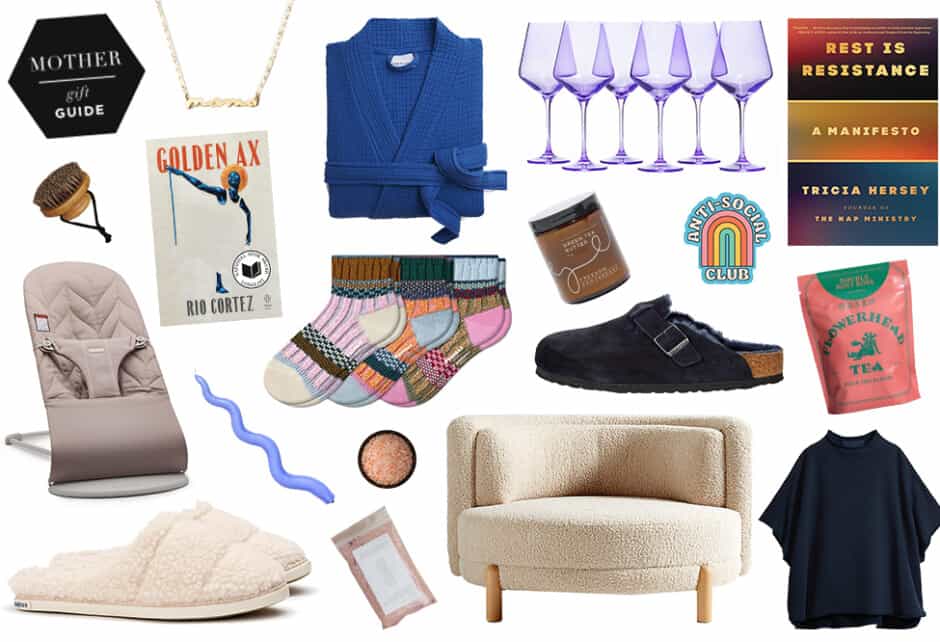
10 Tips For Sustainable Toxic-Free Cleaning
Written by Anna Jacobs
Photography by ILLUSTRATION BY ALESSANDRA OLANOW
While summer about to come to an official close, there’s no time like the present to deep clean and refresh for the start of a new season. To make tidying up cleaner and greener, we’ve gathered together our favorite tips for eco-friendly cleaning that are safe for the environment and your family. With these tricks in your back pocket, you’ll be breathing easy as you tackle your biggest projects yet.
Use Dr. Bronner’s For, Well, Anything
What can’t you do with Dr. Bronner’s? You can wash your clothes, use it as shampoo, and even brush your teeth with this all-natural soap. Bonus: a little goes a long way, so one bottle will last you for months, saving you time and money. Check out the dilution cheat sheet for an extensive list of all the ways you can use this sudsy stuff. Committed to fair trade and organic materials, as well as social and environmental accountability and transparency, Dr. Bronner’s is a company you can trust.
Repair Old and Damaged Clothes
It’s easy to give up on old pieces of clothing and dump them in the trash. This year, consider mending clothes that are a little worse for wear, and test your hand at dying faded clothes to give them new life. Patagonia has pop-up mending shops around the country, or keep an eye out for clothing repair workshops at local stores wherever you live.
Keep and Eye Out for Green-washing
We’ve all been there. In a rush to buy a natural cleaning product, we’ve picked up a bottle of who-knows-what that’s plastered with pictures of the earth and words meant to fool you, like natural, green, and eco-friendly. After taking a closer look at the label, you’ve found the so-called “natural” ingredients, aren’t so natural after all. This year, take your time to do some research on eco-friendly products ahead of time, so you can find products that suit your family best. Head over to the Environment Working Group’s Food Score website to learn about the products and companies you’re supporting, as well as which toxins are most important to avoid.
Ditch the Plastic Wrap
We’ve all heard it before, but we’ll say it again: plastic is bad for you and bad for the environment. Let’s commit to ditching our unsustainable habits and commit to using less plastic. Thankfully, the folks behind Beeswrap have done the hard work for us, crafting a reusable alternative to plastic wrap made of beeswax-coated fabric. It’s easy to clean and comes in a variety of sizes. While you’re at it, swap out plastic Tupperware for the stainless steel variety, and buy linen food covers to slip over uncovered bowls and dishes.
Turn to Your Kitchen Cabinets
We’re willing to bet your kitchen cabinets are full of ingredients that can clean a gnarly mess just as easily as they can add flavor to your cooking. Vinegar is a versatile cleaner that can do just about anything—dilute it for a simple, nontoxic window cleaner, mix with baking soda to remove the most stubborn carpet stains, and try it out as a shampoo alternative to get rid of product build up. Baking soda works wonders on dirty floors and tarnished silver—mix with a bit of water and do a little scrubbing for some seriously shiny results.
Host a Clothing Exchange
Call up your friends to come over on a weekend afternoon for a clothing exchange. You’ll get rid of clothes you’re tired of wearing, and add a few new additions to your closet. Try it out with children’s clothing, too. The best part? It’s free! Leftover clothes can be donated to Goodwill, or a similar organization. Consider sending your gently used bras to The Bra Recyclers, where they distribute lightly used bras to women and girls who need them.
Change Your Light Bulbs
Are you still using incandescent light bulbs? Stock your garage shelves with energy-efficient bulbs so that next time a light goes out, you’re prepared for a sustainable switch. LEDs, halogen, and compact florescent bulbs are stocked at most home goods stores. These bulbs use significantly less energy than the incandescent variety and last much longer, saving the planet and your wallet.
Invest in Solar Panels
If you’re up for a larger home project, consider investing in solar panels for the ultimate form of spring-cleaning. Save money on your electric bill, while significantly reducing your carbon footprint. Bonus points if you also drive a hybrid or electric car.
Ditch the Toxins
Take a look at your cleaning products in the kitchen and bathroom. If they have scary labels that say “danger”, “caution”, or “warning”, it’s time to get that stuff out of the house pronto. Call your recycling center to find out the date of the next hazardous pickup day to responsibly dispose of any toxic products you have lying around. Replace your cleaning products with the nontoxic, natural variety, so you never have to worry about your kiddos’ safety when it comes to cleaning.
Check Out Your Sponges
Kudos if you’re already using sponges to clean your countertops instead of using paper towels or wet wipes. Sponges are wonderful minimal waste to clean, but they can get pretty nasty after months of hard work and frequent use. Toss your stinky sponges, or if they’ve got a little life left in them, stick them in the microwave for a few minutes (make sure they’re wet before you do this). If you’re starting fresh, pick up some biodegradable sponges, so you can compost them once they’ve outlasted their use.
Share this story




